Fake Honey, how can you tell?
Honey, the golden elixir often lauded for its natural purity and health benefits, faces a lesser-known challenge: the prevalence of counterfeit varieties. It often lurks on shelves, masquerading as the real deal. This article uncovers how to spot these imposters, ensuring you enjoy the genuine taste and benefits of real honey.
Key Takeaways
- Understanding the differences between real and fake honey is crucial.
- Simple home tests can reveal honey’s authenticity.
- Knowing what to look for when buying honey can help avoid fakes.
Table of Contents
- Honey: Real vs. Fake
- Methods to Identify the fake stuff
- Practical Tips for Buying Real Honey
- Frequently Asked Questions
Honey: Real vs. Fake
Honey, a natural sweetener produced by bees, is often subjected to adulteration. The difference between real and fake honey lies in their composition. Real honey is unadulterated, whereas the fake stuff may be diluted or mixed with other substances. Knowing these differences is key to purchasing and consuming authentic honey.
Methods to Identify Fake Honey
Water Test
The water test relies on the principle that real honey is denser than water. By adding honey to water, real honey should form clumps and settle at the bottom, while the fake stuff dissolves quickly. This test highlights the purity of honey based on its interaction with water.
Texture or Thumb Test
The texture or thumb test is simple yet effective. Real honey is thick and sticky, and when applied to the thumb, it should not spread or drip easily. This test is a quick way to assess the viscosity and consistency of honey.
Paper Test
In the paper test, honey is poured onto a piece of paper. Real honey, which contains less than 20% moisture, should not make the paper damp or wet. This test helps to identify honey that may be diluted with excess water.
Bread Test
The bread test involves dipping a slice of hard or toasted bread into honey. If the bread remains hard, it’s likely that the honey is real, as fake honey’s higher moisture content would soften the bread.
Consistency Test
This test checks if honey maintains its thick consistency, especially after being subjected to temperature changes. Real honey should return to its thick state even after warming, indicating its purity and natural state.
Each of these tests provides a practical approach to verifying the authenticity of honey at home, using simple materials and observations.
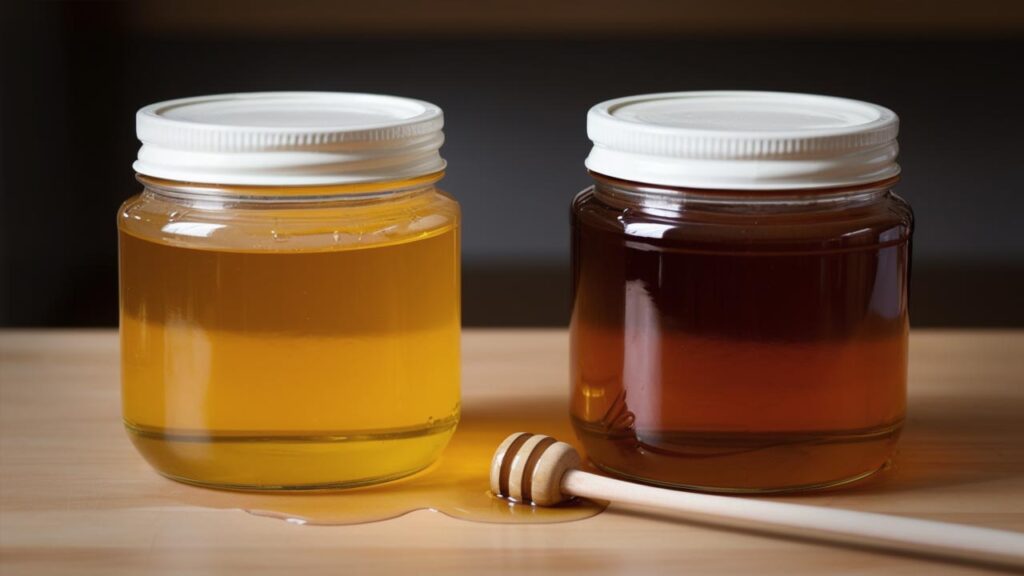
Practical Tips for Buying Real Honey
When shopping for honey, it’s crucial to be vigilant. Here are some practical tips to ensure you’re buying real honey:
- Read the Label: Look for labels that indicate 100% pure honey with no added ingredients.
- Source Locally: Local honey from farmers’ markets is often less processed than commercial brands.
- Check for Certifications: Certified organic honey is less likely to be adulterated.

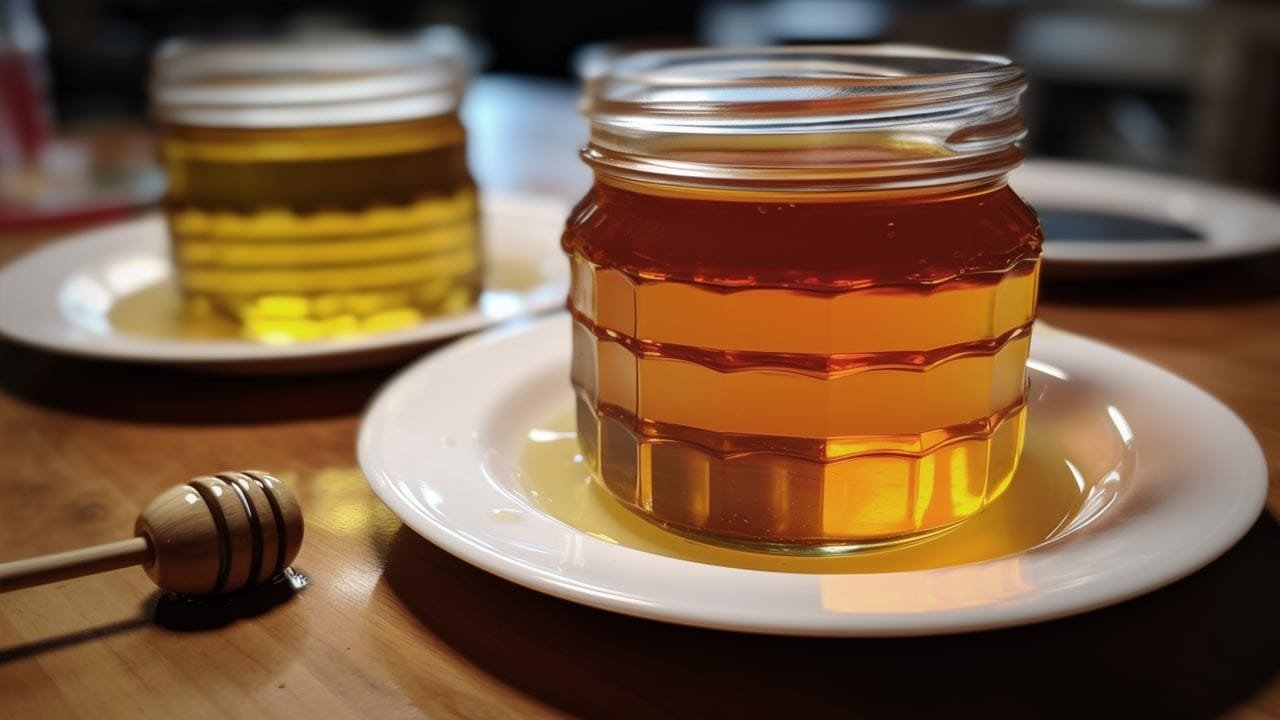

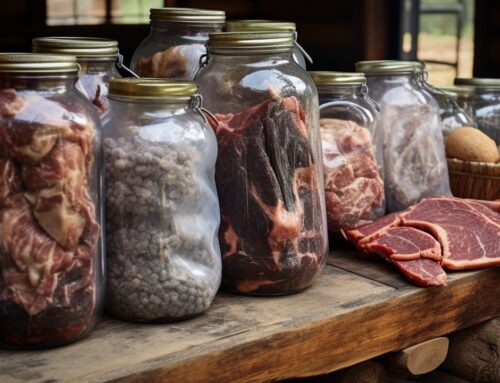
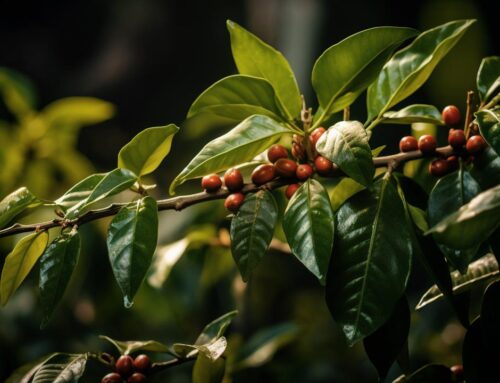

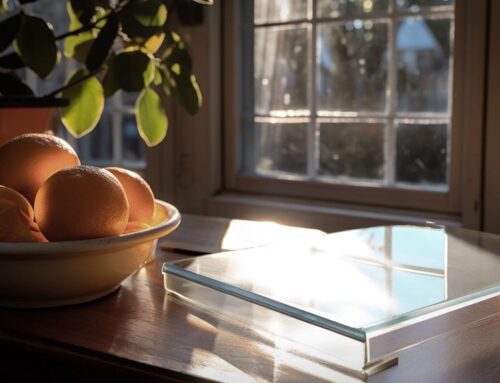
Leave A Comment